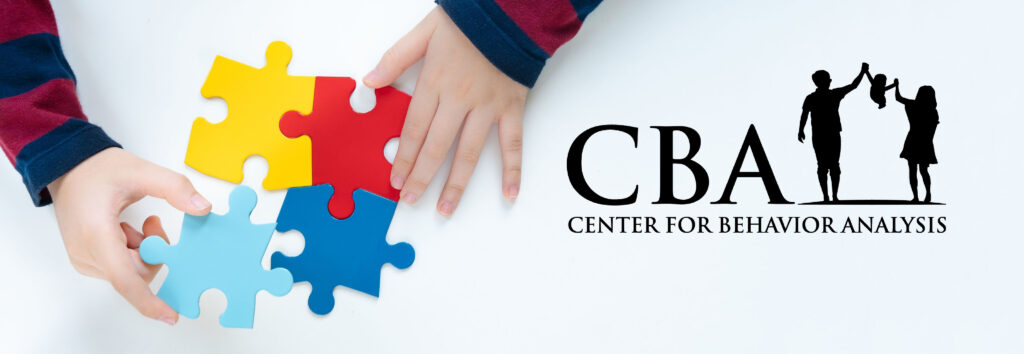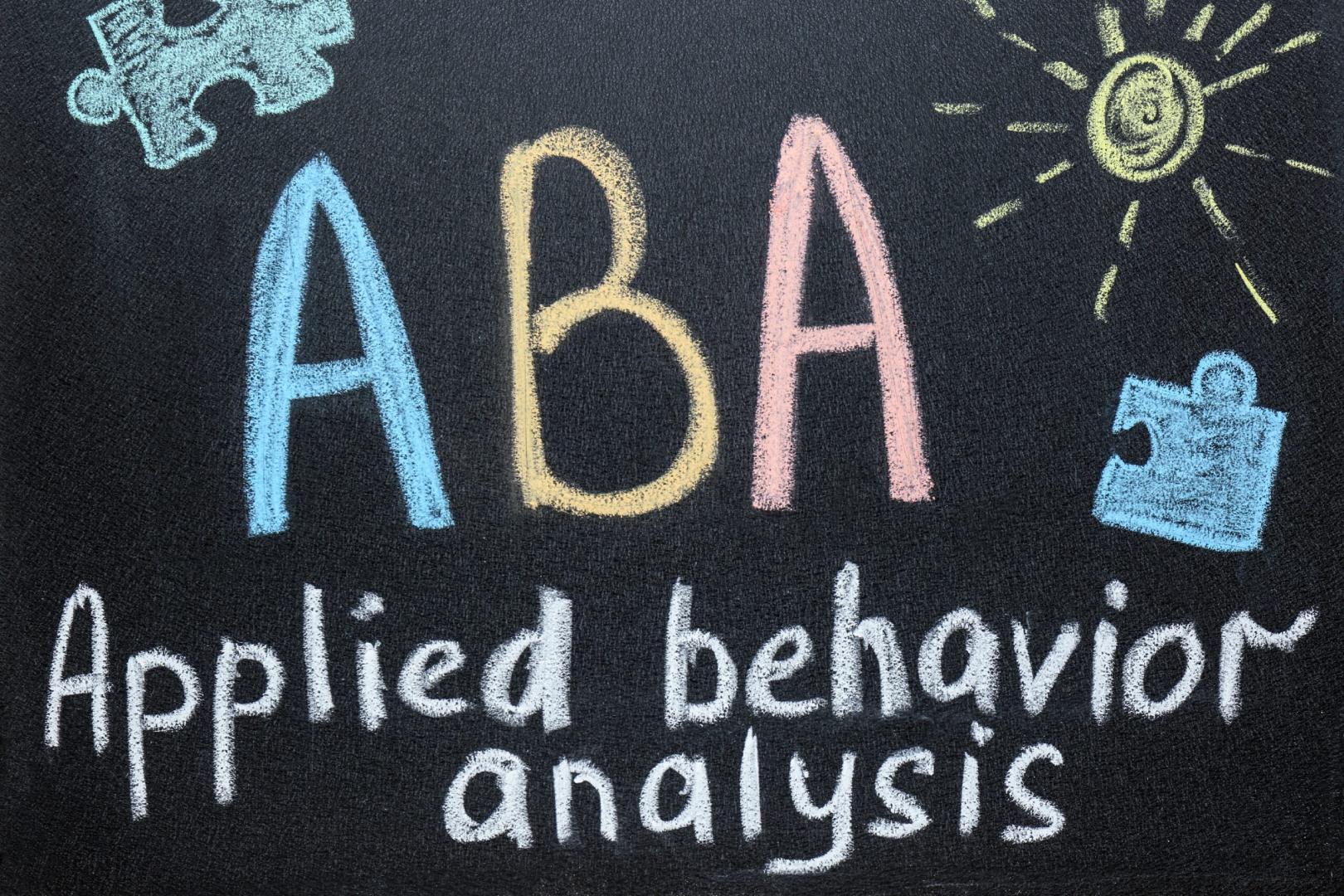
What is Applied Behavior Analysis?
Applied Behavior Analysis (ABA) is a science that can be used for children or adults with Autism Spectrum Disorder (ASD), ADHD, Oppositional Defiant Disorder, and other behavioral conditions that require treatment. ABA is evidence based, data driven, and can help decrease maladaptive behaviors and increase communication, social, and independent living skills by systematically applying research based interventions.

Does insurance cover therapy?
We currently accept Aetna, Blue Cross Blue Shield, Cigna, Medicaid, and Tricare. Check with you provider to verify if coverage. Some providers only cover services for an Autism Spectrum Disorder diagnosis.

Do you provide parent training?
Our BCBA’s provide structured parent training as well as collaboration with school, daycare, other therapists, and any stakeholder who is willing to participate. Family members are welcome to participate.

What strategies are used?
Therapists use a range of researched strategies including but not limited to: functional communication training, reinforcing systems, positive behavior supports, natural environment training, and discrimination training.

What assessments are used?
Assessments will depend on functional age and target skills; some of the assessments used by our analysts include: the Vineland, SSIS-SEL, PEAK, LIFE, VB-MAPP, AFLS, ESDM, and ABBLLS. Our staff engages in continuing education to ensure any new assessments are incorporated and appropriately matched to the skill ability of each child.

How long will services last?
Duration of services depends on medical necessity and will be determined by intensity of behaviors and assessment results. Hours can range from 15 to 40 hours. Every child is different and will require individualized treatment length and intensity. Re-evaluations are conducted every 6 months.

What if there is limited progress?
Data is collected every session and progress is monitored a least once a week. If progress is not seen in the data trends the BCBA will provide training/guidance for the therapist, change delivery method for targets, ensure that prerequisite targets are met, and/or re-evaluate to ensure appropriate skills are being taught.
